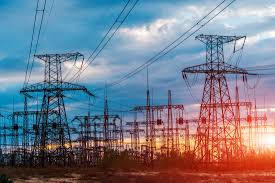The blackout, ongoing for over four days,
began with the vandalism of the Shiroro-Mando transmission line, which supplies
power to several northern states. In an attempt to alleviate the impact, TCN
diverted electricity through the Ugwuaji-Apir 330-kilovolt (kV) double-circuit
line. However, a tripping incident on this alternative line has further
complicated the situation.
Engr. Nafisatu Asabe Ali, Executive
Director of the Independent System Operator at TCN, informed the Nigerian
Electricity Regulatory Commission (NERC) that the Ugwuaji-Apir line could
transmit up to 750 megawatts (MW) but is limited to 350 MW to northern regions
like Kano and Kaduna due to voltage stability issues. Meanwhile, the
Shiroro-Mando line remains out of service, as security risks have made it
inaccessible despite having repair materials ready.
The situation has prompted strong criticism
from NERC Chairman Garba Usman, who called for better protective measures
against transformer explosions that disrupt the grid. Meanwhile, APGC Managing
Director Joy Ogaji highlighted that Nigeria has experienced 162 grid collapses
since 2013, calling for greater resilience in the power infrastructure.
In response, the House of Representatives
urged the National Security Adviser’s office to work with the Nigerian Security
and Civil Defence Corps (NSCDC), the Nigerian Army, and other agencies to
create a security plan to protect vital transmission lines. Rep. Sani Umar
Bala, who introduced the motion, advocated for tech-driven surveillance,
including drones and CCTV, to monitor and safeguard these vulnerable sites from
vandalism, noting that power outages are severely impacting businesses, daily
life, and the economy.








0 Comments